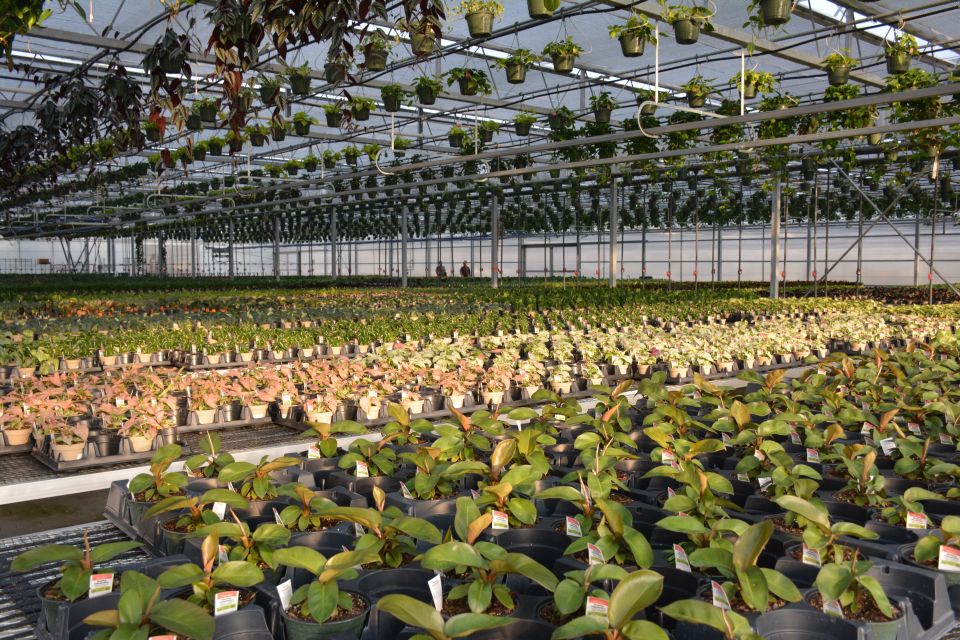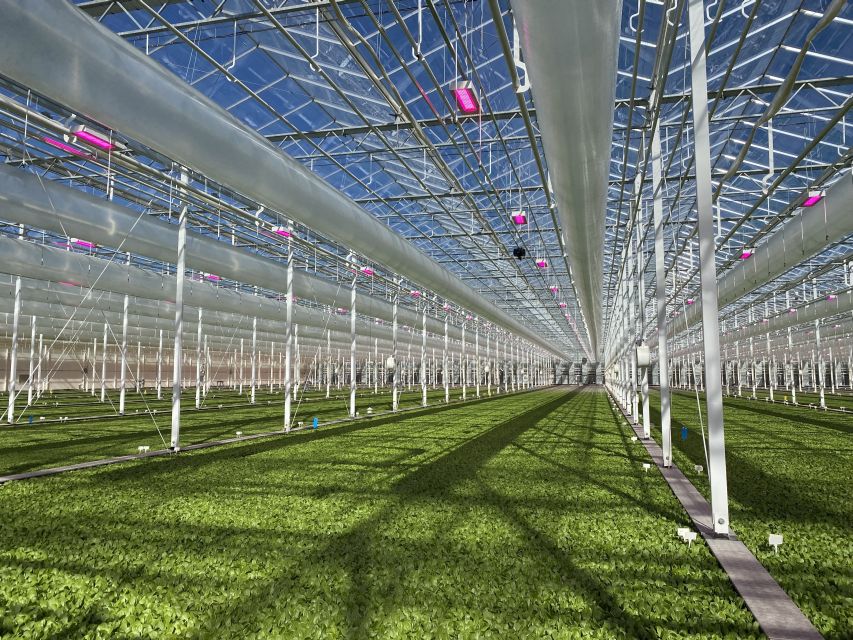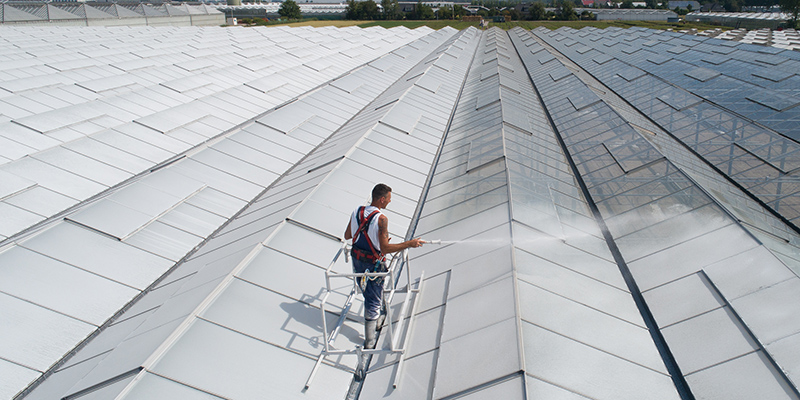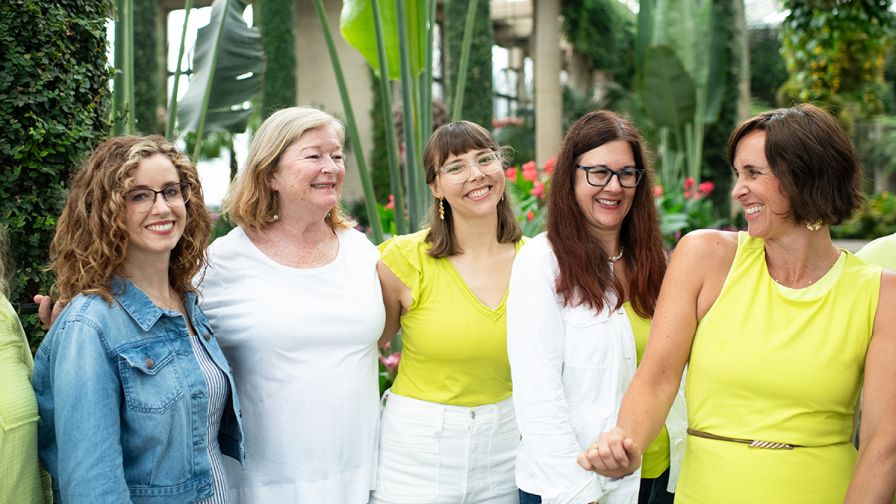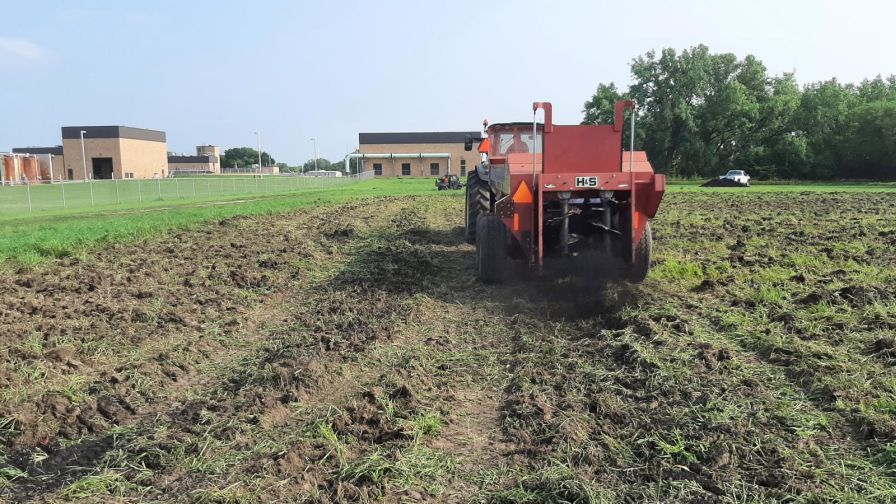New Lighting Technology Designed for High-Density Vegetable Crops
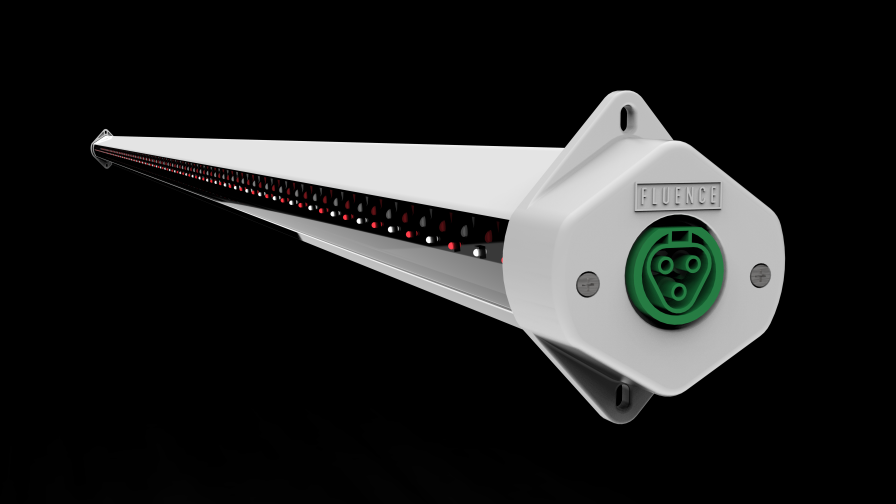 Fluence, a global provider of energy-efficient LED lighting solutions for commercial cannabis and food production, has launched its new intercanopy lighting solution, VYNE. The company’s latest luminaire is equipped with multiple spectral options to enable growers to balance light efficacy with crop quality and yield.
Fluence, a global provider of energy-efficient LED lighting solutions for commercial cannabis and food production, has launched its new intercanopy lighting solution, VYNE. The company’s latest luminaire is equipped with multiple spectral options to enable growers to balance light efficacy with crop quality and yield.
Intercanopy lighting can be an effective strategy for high-density vine crops such as tomatoes and cucumbers. Fluence’s VYNE solution is ideal for greenhouse environments in combination with supplemental top lighting. With VYNE, photosynthetically active radiation reaches leaves lower in the canopy, improving photosynthesis and ultimately increasing plant yield. Growers can also leverage VYNE in greenhouses with lower ceilings where top light installation is limited.
“We know every cultivation environment is different, requiring customized lighting strategies that meet each grower’s needs,” says David Cohen, CEO of Fluence. “VYNE provides growers with another option to optimize lighting within their facilities. Our highly efficient intercanopy lighting solution enables growers to explore new strategies to penetrate crop canopies, maximize available light, and improve production and quality at the same time.”
VYNE is available in two standard spectra, offering efficacies under Fluence’s PhysioSpec BROAD R6 and DUAL R9B spectra. VYNE’s photosynthetic photon flux (PPF) ranges from 240 µmol/s to 300 µmol/s depending on fixture length. Up to 40 fixtures can be easily daisy-chained together with Wieland RST 20i3 connectors to create long rows on a single power drop.
The launch of Fluence’s intercanopy lighting solution follows the completion of extensive research in collaboration with Wageningen University and Research in the Netherlands as well as multiple grower trials. Fluence will review results from its collaborative trials during a webinar on March 17, 2022, entitled “Intercanopy Lighting Research: Impact of Light Distribution on Tomatoes and Cucumbers.” To register for the webinar, click here.




